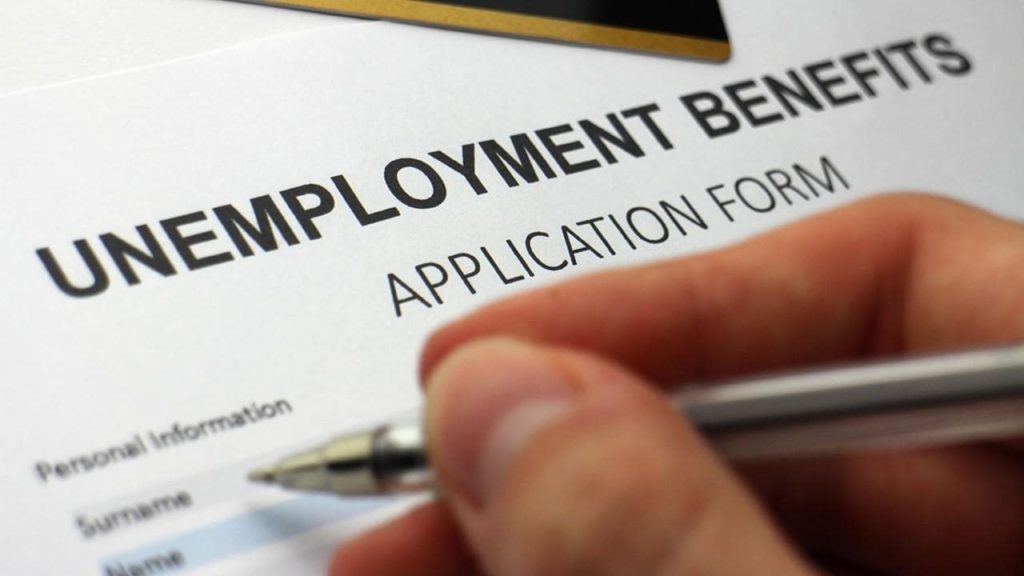Considering all the paperwork and filing that accompanies tax season, it is no surprise how stressful tax time is for individuals with an income – as well as the unemployed. Regardless of your employment status, you may be required by the IRS to report an annual status of employment, in addition to income. While it may not be a simple, straightforward process, you alone are responsible for determining whether you need to file taxes, as a United States taxpayer.
Do the Unemployed File Taxes?
By simply being a citizen of the United States, it is your sole responsibility to figure out whether or not you are obligated to file taxes. Maybe your spouse is employed, you receive unemployment, or either one of you is retired, you can find a collection of guidelines set forth by the IRS to help make the appropriate determination. There are several common situations where filing would still be considered mandatory, and you would need to take your filing status, income of last year, and age into consideration as to whether you surpass the minimum income.
Earning Money Thru Self Employment
Regardless of your filing status or age, you should attempt to file when you have earned anything over $400 last year through self-employment. If any given activity generates a profit, in which you were involved, you must file for taxes. This includes activities such as: consulting, technical services, selling baked goods or mowing lawns on the side.
Additionally, if you earned over $600 from a single company, they are required to send a 1099 in the mail. This “Nonemployee Compensation” should be used to file your taxes, utilizing Box 7. If you haven’t received a form from said company, it then becomes your responsibility to calculate the gross income, in order to report the appropriate amount on your taxes.
Unemployed, While Your Spouse Earns Income
There are a few options in the case where a spouse earns and the other is unemployed. If you have earned more than $12,200 from an employer, or $400 from self-employment, you will be required to file. Filing separately would be ideal, and your spouse can file like normal.
Otherwise, if you wish to file jointly as a household you are certainly welcome to. Should you decide to file jointly, any of the income earned by your spouse will be considered as the household income. This may be a financially sound option, especially if your spouse qualifies for specific tax brackets. Filing jointly also leaves your spouse’s earned income to be taxed at a significantly lower rate. For example, if your spouse earned $70,000 last year, and you filed separately, the income would be taxed at a rate of 22%. Alternatively, if your spouse earns the same amount, and you file jointly, the income is thereby taxed at a lower rate of 12%.
Receiving Unemployment Payments
Perhaps you have received unemployment since losing your job over a year ago and are surviving off of it as you search for a new job. Just because this compensation was not received from an employer, it is still considered income and requires filing. Individuals should use the Form 1099-G when they have received unemployment compensation, which allows you to report the exact amount you have been paid. You might also need to calculate tax payments each quarter, especially if you received unemployment benefits. Although this is inconvenient to many taxpayers, the Voluntary Withholding Request offered by the IRS may help. For example, whenever you receive severance pay after losing your job, it should not be reported as unemployment compensation. This amount should be reported with a W-2, as it would be considered taxable wages.
Individuals who find themselves unemployed, while financially supporting various dependents, such as children, may qualify for an Earned Income Tax Credit (EITC). This tax break is an additional benefit for unemployed citizens, but you are required to first identify whether or not your child qualifies. These dependents may be your natural, adopted, step or foster child, grandchild or younger sibling (under specific age limits), who has lived with you for more than six months. This tax break maxes out at $6,557 in the case of three or more qualifying dependents. You must file a tax return in order to receive the EITC, regardless of whether you meet standard income minimums in order to file.
Unable to Afford Tax Payments Upon Becoming Unemployed
Be forewarned that tax payments may end up costing you more money in the long run, depending on your financial situation. Maybe you’ve become unemployed unexpectedly, or you have become financially unstable due to hard times. Tax payments may end up being unmanageable and stressful, as unpaid taxes lead to wage garnishment, penalties and tax liens. However, there is hope for such situations, as the IRS is not as spiteful as they may be portrayed – there are plenty of programs in place to help.
As long as the taxpayer is able to prove, without question, how burdensome payments would lead to financial hardship, the IRS may reduce the overall taxes owed – or slow the payment of said debt. If someone qualifies for what is known as the IRS Hardship Program, their property and assets will be completely untouchable by the IRS, as they would be deemed “uncollectible”.
There are a few requirements you’ll need to meet in order to qualify. Your income needs to be less than $84,000, with the majority of it going to basic living expenses. These basic expenses include: food, clothing, personal care products, housekeeping supplies, housing, utilities, transportation and health care expenses. Anything left over after the fact, is referred to as your net disposable income. And, as long as that number is negligible, you will most likely qualify.
You are required to fill out an IRS Form 433-A to apply, also known as a Collection Information Statement for Wage Earners and Self-Employed Individuals. The IRS uses this form to collect information on your current financial situation, including things like: assets, bank accounts, investments, self-employment income, unemployment income and physical property (like your home and vehicle). There are several options for repaying taxes in situations where individuals qualify for the IRS Hardship Program. These options are designed to assist taxpayers in repayment, without leading to financial hardship. Once you qualify for a hardship program, you are eligible to remain in said program for a maximum of ten years. A member of the IRS will be in charge of re-assessing your situation every two years, in order to determine whether you still qualify for the program. However, you will remain in the program with access to the agreed upon solution, as long as you continue to qualify.
If you agree to an Installment Agreement, you are given a time frame of 72 months in which you must repay your taxes in full. If you do not keep your end of the deal, and miss making a payment, interest will begin to accrue for each month your payment is late. It’s best to pay off the tax debt as soon as possible, to avoid further repercussions.
Another option available to individuals facing unpaid taxes may be to make an offer in compromise, in which the IRS works with you to reach an agreement for lower payments. This arrangement reduces the overall financial hardship by providing a lower amount than the unpaid tax balance. Again, with any type of agreement, you will be required to fulfill your side of the bargain in order to pay off owed taxes and satisfy the IRS. There are no quick and easy ways out.
In Conclusion
In the situation where you find yourself unemployed and experiencing difficulties paying taxes, please know that you are not alone in struggling to paying your taxes off on no income. Our tax experts at Anthem Tax services are available to assist you in navigating tricky situations like this with the IRS and we also additional offer additional tax services. Simply by reaching out to us at 1-888-548-0478, we will help you learn more about your payoff options, as well as the pros and cons of available hardship programs. Do not let too much time pass before contacting us, as the consequences will only worsen if tax debt is not acknowledged.


